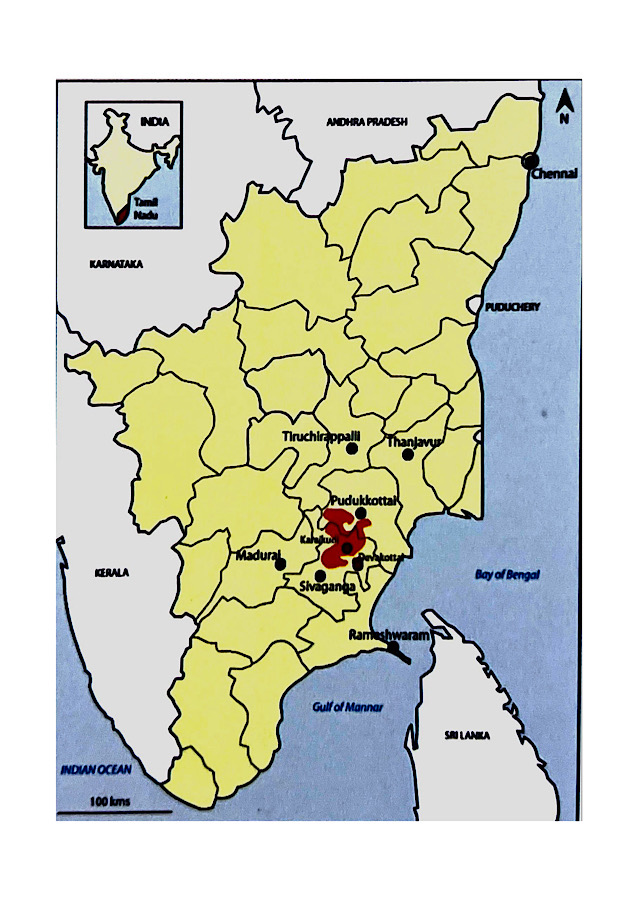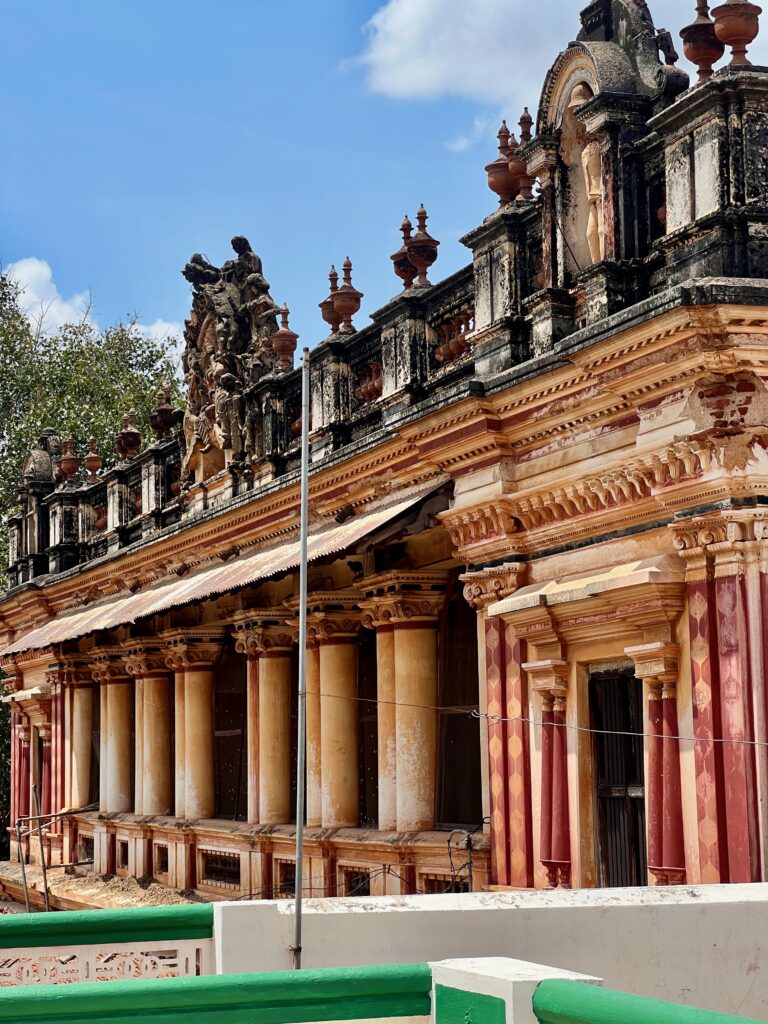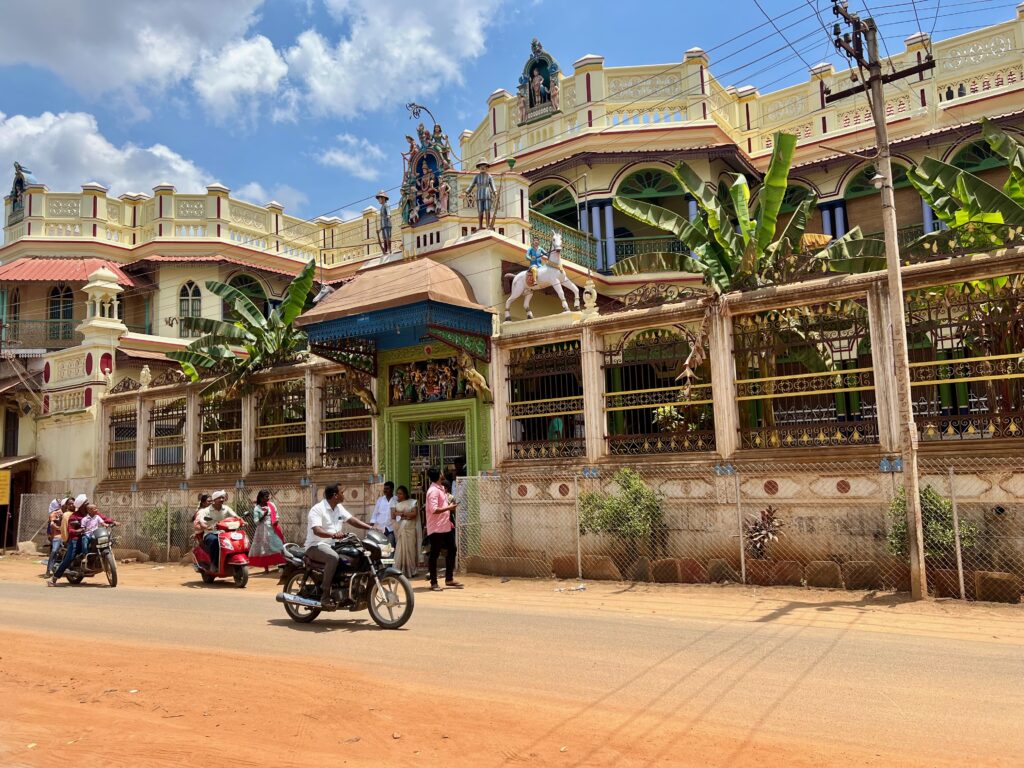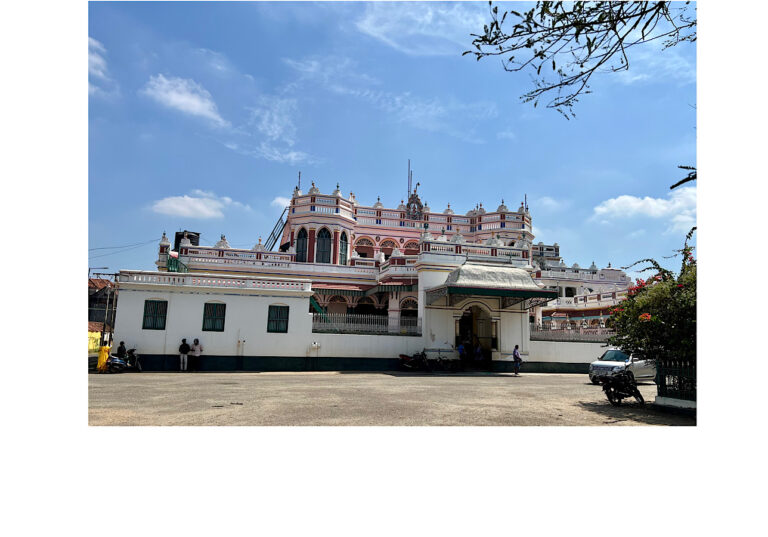In India, a caste known as the Chettiards exists, although it is probably more a diaspora than an indigenous caste, following a dramatic reversal of fortunes in the middle of the 20th century. They lived in an area in south Tamil Nadu called Chettinad. Their story is well worth telling.
The Chettiars belong to a long lineage of wealthy traders and financiers, enterprising risk-takers, whose influence and presence was felt all over South East Asia for many centuries. Their fortunes really took off when the British colonised India, between the second half of the 19th and first half of the 20th century. Many Chettiars emigrated from India to Ceylon (now Sri Lanka), Burma (now Myanmar) and Malaya (now Malaysia and Singapore), to help the British expand their presence in the region.
They were known to be people of their word, reliable and ready to take risks in new entreprises, close and afar. They excelled at business. Over time, they opened trading stations all over the Bay of Bengal. With time, they continued to expand into private banking, adding further to their success and influence throughout Southeast Asia.
Their fortunes, which were already very comfortable, reached a new zenith with the British Raj. The Chettiards were reliable business partners and provided the
colonisers with sea transportation between India and all the surrounding major tradings places (Calcutta, Sri Lanka, Singapore, HK, and even further afield). Eventually, they became fabulously rich.
The origins of the Chettiards are not well documented. They claim to have originated from the ancient kingdom of Chola that existed between the 10th to 12th centuries. Their ancestral place of residence was supposedly the port of Poompuhar, on the Bay of Bengal, just below Pondicherry. In the 13th century, they experienced a tsunami that wiped out their homes and belongings. They lost everything. So, the survivors decided to go inland, settling by the edge of a large river. As bad luck had it, years later the river flooded and overwhelmed their settlement, causing even more catastrophic loss of life and property.
So, this time they set off to find a place as far away from the sea or any large river as possible. A place as dry as possible. That’s when they came upon an arid land east of Madurai, settling onto the driest and least fertile place they could find. They settled there and called the place Chettinad. Over the centuries, Chettinad grew into a constellation of about 75 villages, clustered around 9 temples, spread into an area of around 600 square miles.

The Chettiards always had a strong sense of ancestry and tradition. As they became wealthy, then very wealthy, they also started cultivating a deep desire to flaunt their wealth. They gradually transformed their houses into lavish palaces by adding pavilions, halls, and courtyards for both business purposes and for receptions and weddings. This they did by building extravagant and wildly ostentatious palaces, behind tall walls, within the villages they inhabited. Completely out of character with the surroundings, mostly modest villages on parched land. But no bother, they started building these palaces in the late 19th and early 20th century, as their prosperity just grew and grew.


No expense was sparred in the construction of these mansions. Teak wood was imported from Burma, satin wood from Ceylan, marble from Italy, polished granite from central India, cast iron, steel, and metal ceiling plates from Great Britain, tiles from Germany, France and England, and cristal chandeliers from Belgium. As they required the best, they also brought skills from different regions of India, such as wood carving, frescoes and egg-plastering. With sometimes up to 100 rooms, huge dinning halls, interior courtyards, 24—hour kitchens etc…, these were substantial places, each family constantly looking to outdo the other. With dozens of garages housing a fabulous collection of European cars – Rolls Royces in particular.
They were constantly hosting, celebrating, entertaining. You have never seen anything so fabulously incongruous. And we are not talking just about a few palaces: they are estimated to number well over 10,000 !
These palaces, all built more or less on the same plan, had tall walls to protect their privacy. Whole families lived in them: parents, brothers and sisters and their families, and grandparents. Many husbands lived abroad to manage their businesses, while the wives ran things in their absence. Some of these buildings housed well over 50 people. Occasionally, when they could all gather together, they launched lavish parties with many guests, celebrated Tamil festivals and arranged fabulous inner caste weddings for their daughters.
Then disaster struck : India became independent in 1947, the British left in 1948 and the Chettiards fortunes plummeted. A lot of the investments they made in surrounding countries were eventually also confiscated, when the wind of independence also blew through the surrounding countries in the 50s. As a result, most families abandoned everything, locked up their palaces and mansions, and went to live either in big urban centres (Chennai, Bangalore, Mumbai etc) or abroad (SE Asia, America, Canada, Europe). The few that stayed on were private bankers and moneylenders. Until, that is, Indira Gandhi nationalised the banks in 1970, whereupon they too left.
Today all these very substantial mansions have now been abandoned for over 75 years, locked away and are now, for the most part, in a state of decay. It’s like going through small ghost towns with abandoned monumental palaces.
The owner’s descendants are not, for the most part, interested in selling these properties. Some do come back from time to time to attend a local festival or to celebrate a marriage within their caste. And on such rare occasions, the ancestral palaces are unlocked and may even get a fresh coat of paint.
And after such an occasion, everyone goes back to Singapore, NY, London or where have you, leaving the place abandoned and locked, until maybe another occasion.
Those living abroad send their children on organised trips to visit the local villages and the family ancestral home. In the vain hope that this might revive the caste pride and sense of tradition. It seems though that few of the kids display much enthusiasm for these old relics and can’t wait to regain their modern urban abodes…
Today, a few palaces can be visited. A couple have been restored and turned into high-class boutique hotels. Many palaces have been looted by opportunistic antique dealers buying on the cheap to resell high, top quality items. I even heard of a French antique dealer who married a local Indian lady, to buy a palace in her name. He then stripped the place of all its valuables and then sold what was left for the value of the land. In the US, it’s called asset stripping. Seems to exist also in the antique business.
So turns the wheel of fortune.
(Please left click to blow up pictures)
A few examples out of the more than 10,000 still standing !

